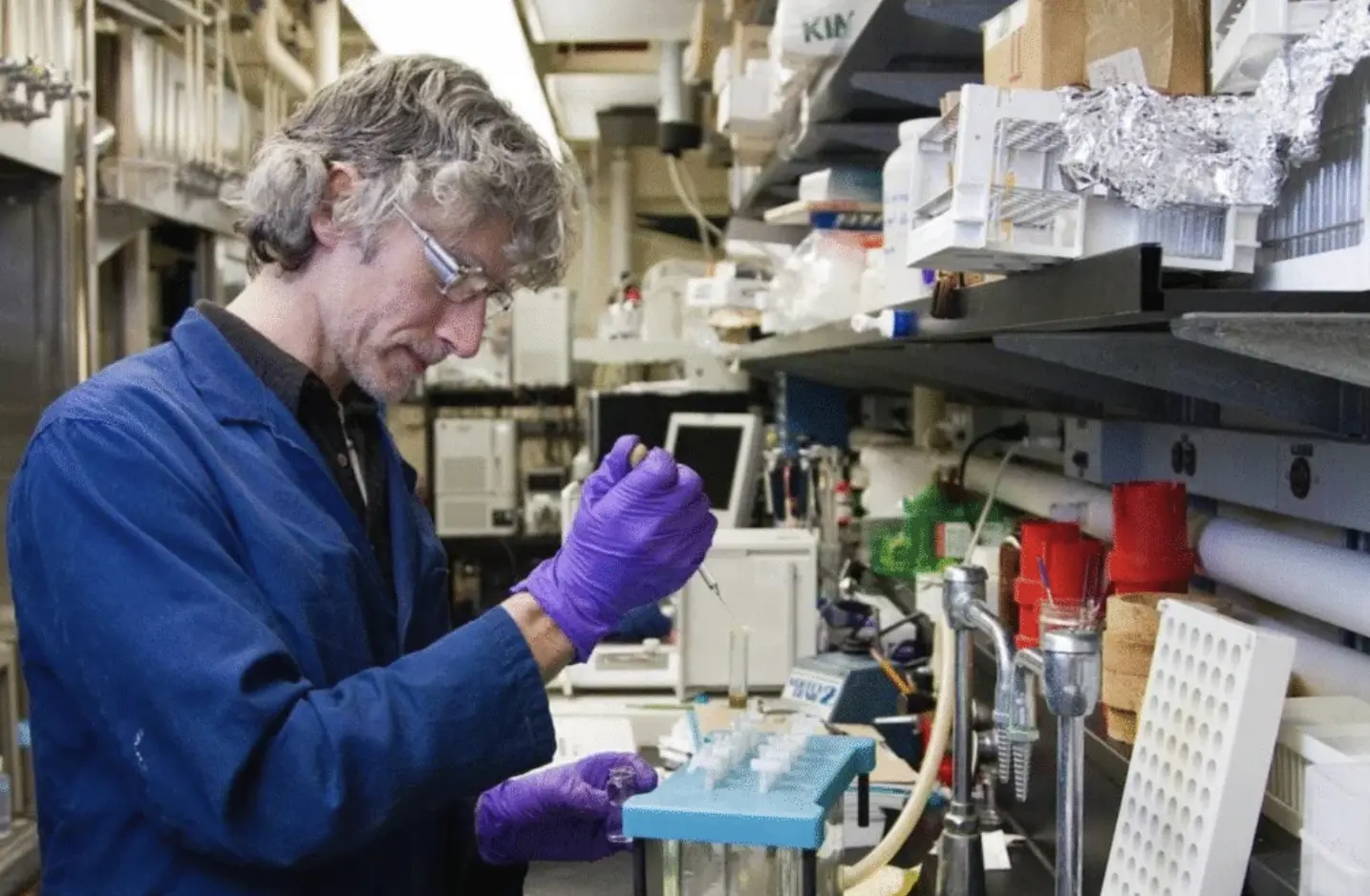Exploring the Future of Drug Development Through Preclinical Studies

What makes a new drug safe enough to reach human trials? Before any pill, injection, or therapy can be tested on people, it must pass through detailed preclinical studies.
These studies form the backbone of drug development, ensuring safety and effectiveness. Without them, modern medicine would lack the trust it relies on today.
Researchers use advanced tools and methods to minimize risks. They focus on both safety and potential benefits. By reading this article, you’ll learn how preclinical studies shape future therapies and revolutionize drug development.
The Importance of Preclinical Studies
Drug creation starts with preclinical studies, which are the first big step before clinical trials. They help figure out if a chemical is safe enough to try on people.
Researchers avoid bad results in the future by looking at possible side effects and how well they work. By getting rid of weak candidates early, these studies also save time and money.
Patients might be given drugs that are unsafe or don’t work if they don’t have them. They also give investors and government officials faith in the drug’s promise.
The Role of Animal Models
To find out how a drug works with living things, animal models are often used in preclinical research. They help us understand toxicity, metabolism, and therapeutic benefits.
Depending on how much their biology is like ours, different species may be picked. Even though they aren’t perfect, studies on animals are still very important for finding possible risks.
They help scientists figure out safe dose ranges before trying on people. According to ethical rules, people should do as little harm as possible while learning as much as possible.
Over time, new options are meant to make us less dependent on animals. Even so, animal tests are still an important way to get to human studies.
Advances in Cell-Based Testing
Using human or animal cells in the lab for cell-based testing is a useful way to do preclinical studies. Researchers can use this method to find out how a drug changes cells at the molecular level.
It cuts down on the need to test on animals because it gives faster data. For instance, cancer drugs can be tried on lines of tumor cells. Scientists can watch to see if the cells die, grow, or do something else.
These kinds of early tests give us important information about how safe and useful something is. Cell-based testing gets better at predicting how people will react as technology gets better.
Regulatory Standards and Guidelines
There are strict rules that preclinical studies must follow. These rules come from groups like the European Medicines Agency (EMA) and the U.S. Food and Drug Administration (FDA). These rules make sure that the study is honest, dependable, and follows the rules.
The rules of Good Laboratory Practice (GLP) are often required. Care must be taken to record data and make sure it is correct. Before approving clinical studies, regulators look over the results.
Researchers, governments, and the public will believe you more if you follow these rules. Clear instructions also make it less likely that tests will be repeated for no reason. Setting high standards for regulations keeps people safer and encourages scientists to do their best work.
Toxicology Assessments in Drug Safety
Toxicology tests are a very important part of a preclinical study. Toxicology looks into how a drug could hurt the body. A lot of research is done on the short- and long-term effects on different systems.
They also look for things that could hurt genes or make it harder to have children. This helps figure out the safest doses to test on people. Regulators would not let clinical studies go ahead without toxicology data.
Once the drug is cleared, these tests also help doctors understand the side effects. Toxicology is the study of drugs that ensures new medicines work and are safe for patients.
Pharmacokinetics and Pharmacodynamics
Pharmacokinetics and pharmacodynamics are also looked into in preclinical studies. Pharmacokinetics studies how drugs are absorbed, distributed, broken down, and flushed out of the body. These facts help figure out how often a person needs to take a drug.
Pharmacodynamics is the study of how drugs work on living things, like how they lower blood pressure or kill germs. All of these tests show how a drug works inside the body.
They also look for possible drug conflicts. Researchers can use this information to make better clinical trials. By using these two methods together, preliminary studies give a good picture of how drugs work before they are tested on people.
The Rise of Computational Models
Computational models are transforming preclinical studies with advanced computer simulations. These models predict how a drug interacts with cells, tissues, or organs. They save time by replacing some lab and animal tests.
For example, scientists can simulate liver metabolism digitally. Such predictions help narrow down the best drug candidates for further testing. These tools also allow adjustments before moving to more costly experiments.
Although not perfect, computational models are improving rapidly. By combining biology and technology, they promise more accurate and efficient drug development.
Genetic and Molecular Approaches
Genetic and molecular methods are now used in modern experimental studies to find new drug targets. To learn more about diseases, scientists look at DNA, RNA, and proteins. To make drugs that work with very specific biological processes, these methods are used.
Gene-editing tools, for example, help scientists figure out how mutations cause disease. Also, molecular profiling can tell which patients will react well to certain treatments. This personalized method makes it more likely that clinical trials will be successful.
It also lowers the chance of side effects that you didn’t expect. Genetic and molecular methods are making medicine more accurate and useful in the future.
Patient-Centered Preclinical Models
A growing trend in preclinical research is the use of patient-centered models. These involve studying samples taken directly from people, such as tissues or cells. This approach better represents how drugs might work in real patients.
For example, patient-derived xenograft (PDX) models allow human tumor tissues to grow in animals for testing. Such models help personalize treatment by predicting individual responses.
They also reduce the risk of failure in later trials. By focusing on patient-specific data, these models improve accuracy.
The Role of Biomarkers
Biomarkers are signs that can be measured that show how a drug works in the body. They can be made up of genes, proteins, or chemical signals in the blood and organs. Biomarkers are used in preclinical studies to keep track of both safety and efficiency.
One sign that a drug might help lower inflammation is a rise in certain proteins. Biomarkers also help doctors figure out which people are most likely to get better. This cuts down on the time and money that are wasted in clinical studies.
Ethical Challenges and Considerations
There are ethical problems with preclinical studies, especially when animals are used. To lessen pain and suffering, researchers must follow strict rules. When possible, alternatives like computer models and cell cultures should be used instead.
The public wants researchers to be open about how they do their work, so transparency is also important. Some critics say that we should put more limits on how animals are used. Others say these tests are important to make sure patients are safe.
Emerging Trends in Preclinical Research
When new technologies and ideas come out, they change preclinical studies. Drugs can be tested on structures that are more like real organs thanks to three-dimensional cell cultures.
Organoids, miniature organ-like systems, provide even more realistic models. High-throughput screening makes it easy for scientists to quickly test thousands of chemicals. A huge amount of data is being analyzed with artificial intelligence.
Personalized methods that focus on responding to each patient individually are becoming more popular. These changes help the study go faster, be more accurate, and focus on people more. They all point to a bright future for finding new drugs.
Collaboration Between Academia and Industry
Drug development often requires partnerships between universities, hospitals, and pharmaceutical companies. Academic researchers provide fresh ideas and early discoveries.
Industry partners bring funding, resources, and large-scale testing ability. This collaboration speeds up the move from lab to clinic. It also ensures that scientific breakthroughs do not stay trapped in academic papers.
Many successful drugs today came from such joint efforts. Shared knowledge reduces duplication of work. Working together allows new medicines to reach patients sooner and with greater impact.
The Future of Preclinical Studies
The future of preclinical studies looks promising with rapid innovation. New tools like organ-on-a-chip systems mimic human organs on small devices. Artificial intelligence may soon predict drug responses with high accuracy.
Advances in molecular biology will make treatments more precise. Ethical pressures will likely reduce animal testing further. Patient-focused approaches will improve safety and effectiveness.
Collaboration across industries will continue driving breakthroughs. Altogether, these trends point to a safer, faster, and more successful drug development process.
Preclinical Studies Shaping the Future of Drug Development
For safe and successful drug development, preclinical studies are necessary. They try medicines before they get to patients, which is both new and safe.
All methods, from computer programs to models based on animals, give us information. Individualized treatment is based on genetics, biomarkers, and patient-centered models.
Improving ethics also makes people in the area more responsible. Working together around the world will speed up the delivery of new treatments to patients. By understanding this process, you can see how science will affect medicine in the future.
Did you like this guide? Great! Please browse our website for more!











